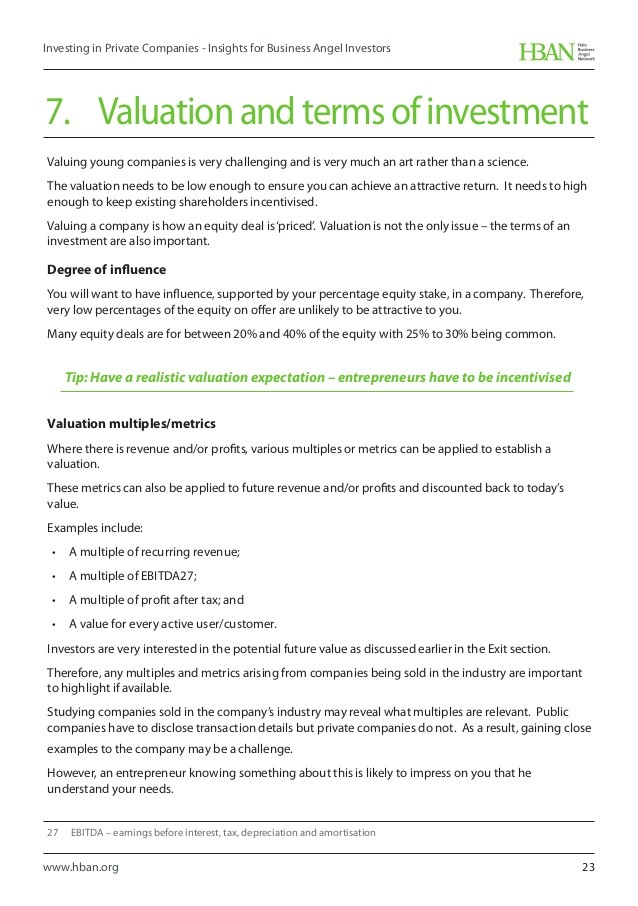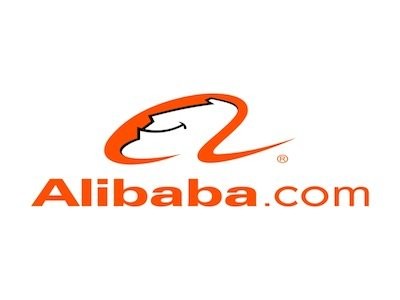Valuing Private Companies_1
Post on: 16 Март, 2015 No Comment

Among the 150,000+ firms operating in the United States that generate over $10 million in annual revenues, roughly 90% are privately-held companies.
Since private companies are not regulated by the federal government and thus, in most cases, are not required to regularly file with the Securities and Exchange Commission, private company financial data can be incredibly elusive. At the risk of sounding promotional, this very fact is why PrivCo was founded, in order to shine a light on large or fast-growing private companies, their financials, owners, deal history, and so on.
More so, with the burdens of the Sarbanes-Oxley Act, which imposed strenuous new accounting control and disclosure requirements (and thus significantly more cost), the benefits of staying or going private are increasingly outweighing the traditional benefits of being public for many firms.
The Benefits of Being a Publicly-traded Company
- Access to Capital One of the main advantages that public companies have is that fundraising is significantly easier for a public company than for a privately-held firm. A public company can merely file to issue new shares and then sell them on the stock market. A private company must go through an often long venture capital, bank loan, or other funding process. A public stock offering also increases a companys net worth and decreases its debt-to-equity ratio. This will often enable the company to increase its borrowings and obtain more favorable terms in future public offerings.
- Better Suited for Mergers & Acquisitions On the buy-side, publicly traded stock has the advantage of using the markets valuation and can more easily be used to acquire other companies, thus preserving the firms cash position in the event of an acquisition. Public companies are also better positioned to finance an M&A deal due to their ability to tap public markets and more easily raise capital.
- Shareholder Liquidity Publicly-held companies enable their shareholders to sell their stock. Therefore, equity participation devices such as management and employee stock options have more value at a public company and thus can be more useful in attracting and retaining talent. Even if public stockholders do not exercise their right to sell, publicly-traded stock can be used as collateral to secure loans. Although the Sarbanes-Oxley Act of 2002 led to the emergence of numerous private secondary markets, participation is limited only to institutional or accredited investors.
Absence of an Illiquidity Discount Depending on a private companys industry, location, and transparency, illiquidity discounts may cascade up to a proposed 20-30%. One of the main drivers of the private firm illiquidity discount is the difficulty involved in cash flow estimation due to the less complete accounting than that found with a public firm. Private firms are more likely to mix personal-related expenses with corporate spending and thus, upon a sale, the financials must often be re-aligned to account for a proper bottom line and proper fair value. All else being equal, a public company enjoys a higher valuation than a similar private company because of its liquidity.
Further, public companies generally have a decentralized or less concentrated equity ownership. Due to the greater dispersion of stock ownership, the threat of a hostile takeover may be less likely than for many private companies.
The Benefits of Being a Privately-held Company

- Hostile Takeover Risk A private company has little risk that it will be subject to a takeover against its will. Public companies are exposed to hostile takeover attempts through tender offers (open offer of a high price to shareholders to tender their shares) and suddenly find themselves sold essentially against their will.
Sarbanes-Oxley Act of 2002 Sarbanes-Oxley is comprised of 11 titles that describe specific mandates and requirements for public company financial reporting. The impact of Sarbanes-Oxley is largely disproportionate to small-cap and, to a lesser extent, mid-cap public companies as the total costs for compliance are relatively similar regardless of company size. This unbalance is reflected in the IPO market as a general increase in the size of IPO filers.
Since Sarbanes-Oxley only pertains to public companies, private firms (aside from those that issue registered public debt) are exempt from the compliance requirements and thus save a great deal of time, money, and headaches. Sarbanes-Oxley is also known as the Public Company Accounting Reform and Investor Protection Act in the Senate, Corporate and Auditing Accountability and Responsibility Act in the House, and Sarbox or SOX for short.
Types of Private Companies
- Family Owned Private Companies Many of the United States largest private companies have been family owned and operated for generations. Such private companies include NASCAR, Mars, and the Charmer-Sunbelt Group.
- Private with a Filed, Pending, Postponed, or Withdrawn IPO Private companies that file for an initial public offering must go through an expensive house cleaning process in order to meet the stringent guidelines set by the SEC to become a publicly traded company. Private companies with a pending IPO status are required to file quarterly updates with the SEC until further notice. Due to the strict accounting structure and high reporting costs associated with going public, many companies end up withdrawing their IPO filing.
- Private Companies that were Formerly Public Due to the weighing costs of being a publicly-traded company, many firms go private or are taken private. The Private-Formerly Public category generally consists of private companies that went private through one of two avenues:
- Bankruptcy/Restructuring In some cases, a company will delist from a stock exchange and file with the SEC to cease reporting as part of a restructuring plan or pre-packaged Chapter 11 Bankruptcy.
- Buyout Leveraged buyouts are a popular form of investment in the private sector. Typically, a consortium of investors led by a private equity firm will purchase a majority stake in a public company with a considerable amount of debt and a portion of cash. This leveraged capital structure limits initial profitability as the majority of cash flow goes to servicing the debt incurred via the acquisition.
- Private Companies with Public Debt Private companies that have issued public debt to finance operations or acquisitions are required to file with the SEC and disclose financial data to investors. Disclosure is necessary to properly asses the credit quality of the private company during debt issuance.
- Private Companies with Public Subsidiaries Private companies that have a majority stake in a public company can consider the company as a subsidiary. For example, Cargill, the major agribusiness conglomerate, owns a majority stake in Mosaic Co. a publicly traded company.
Venture Backed Private Companies Start-up private companies often require initial financing to maintain operations and focus on expansion. Venture capitalists search for opportunities to invest in private companies in high-growth industries with a goal to realize a profit on their investment upon exit. The Venture-Backed category of private companies includes some of the most popular internet and technology companies within PrivCos coverage, such as Facebook and Twitter.














